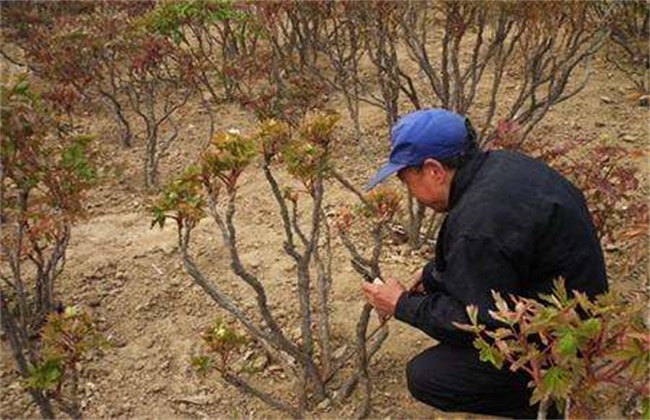Culture methods and matters needing attention of tortoise back bamboo
Phyllostachys pubescens is a kind of Araceae plant, which has a very large open field cultivation area in the south of China. The leaves of tortoise back bamboo are relatively strange, similar to tortoise back, vertical and horizontal with each other, and have a very high ornamental value. It is welcomed by many people, and it is also one of the main foliage plants indoors. So how to raise turtle-backed bamboos? What are the points for attention? The following editor will give you a brief introduction, let's have a look!

1. Cultivated soil
Before culturing tortoise back bamboo, we first need to do a good job in the selection of cultivated soil. If you make it yourself, it will be mainly garden soil, yellow sand and farm manure. To ensure that the soil has good permeability and sufficient fertility. Although tortoise-backed bamboo is common in the wild, it has a strong ability to adapt to the soil. However, a good soil can not only enhance the growth ability of tortoise back bamboo, but also improve the ornamental value and expand the planting benefit.
2. Rational watering
When planting tortoise back bamboo, we must do a good job of watering. Tortoise back bamboo likes to grow in a humid environment, so water is very important to the growth of tortoise back bamboo. We should reasonably regulate the watering frequency according to the changes of the seasons. For example, in summer, because the temperature is high and the water evaporates quickly, it is watered once a day. The temperature in spring and autumn is suitable, which can be watered every 3 days or so. The growth rate of tortoise back bamboo decreases in winter, so it can be watered once every 7 days.
3. Lighting control
Light also has a certain effect on the growth of tortoise back bamboo. When breeding tortoise-backed bamboo, you should pay attention to putting it in a well-ventilated place. However, it is not suitable to be exposed to direct sunlight, especially in summer high temperature and strong light environment, to provide a certain degree of astigmatism. Avoid sunburn leaves, cause leaves yellowing, reduce ornamental value. On the other hand, the tortoise back bamboo can be preserved in the north in the spring and autumn, which can promote the growth of the tortoise back bamboo.
4. Scientific topdressing
During the growing period of tortoise back bamboo, cake fertilizer and water should be applied once in about 2-3 weeks. And foliar fertilizer such as potassium dihydrogen phosphate should be properly sprayed to enhance the growth ability of leaves, about once every 10 days, to promote the growth and thickening of leaves and improve glossiness. The demand for nutrition of tortoise back bamboo is relatively large, but it is also necessary to control the dosage to avoid undesirable phenomena such as excessive growth and fertilizer damage. Before entering winter, we should pay attention to appropriately reduce the amount of fertilizer application to ensure that the tortoise back bamboo can survive the winter safely.
5. Points for attention
Tortoise back bamboo generally likes to grow in a warm environment, its suitable temperature is about 22-24 degrees. If the temperature is lower than 10 degrees, then the growth rate will become very slow, if it is less than 5 degrees, there will be freezing damage. Therefore, we must pay attention to control the temperature in winter. Then, for the overgrown tortoise-backed bamboo plants, it is necessary to do a good job of pruning, mainly the branches that are too dense and too long. The old branches in the lower part of the plant should also be cut off in time to avoid consuming too much nutrients.
The above is a brief introduction of the breeding methods and matters needing attention of the tortoise back bamboo. Although the culture of tortoise back bamboo is relatively simple, we should also pay attention to control the light, temperature and other culture environment to promote the growth of tortoise back bamboo. That's all for today's introduction. This article is for reference only. I hope it can help you all.
Related
- Fuxing push coffee new agricultural production and marketing class: lack of small-scale processing plants
- Jujube rice field leisure farm deep ploughing Yilan for five years to create a space for organic food and play
- Nongyu Farm-A trial of organic papaya for brave women with advanced technology
- Four points for attention in the prevention and control of diseases and insect pests of edible fungi
- How to add nutrient solution to Edible Fungi
- Is there any good way to control edible fungus mites?
- Open Inoculation Technology of Edible Fungi
- Is there any clever way to use fertilizer for edible fungus in winter?
- What agents are used to kill the pathogens of edible fungi in the mushroom shed?
- Rapid drying of Edible Fungi



